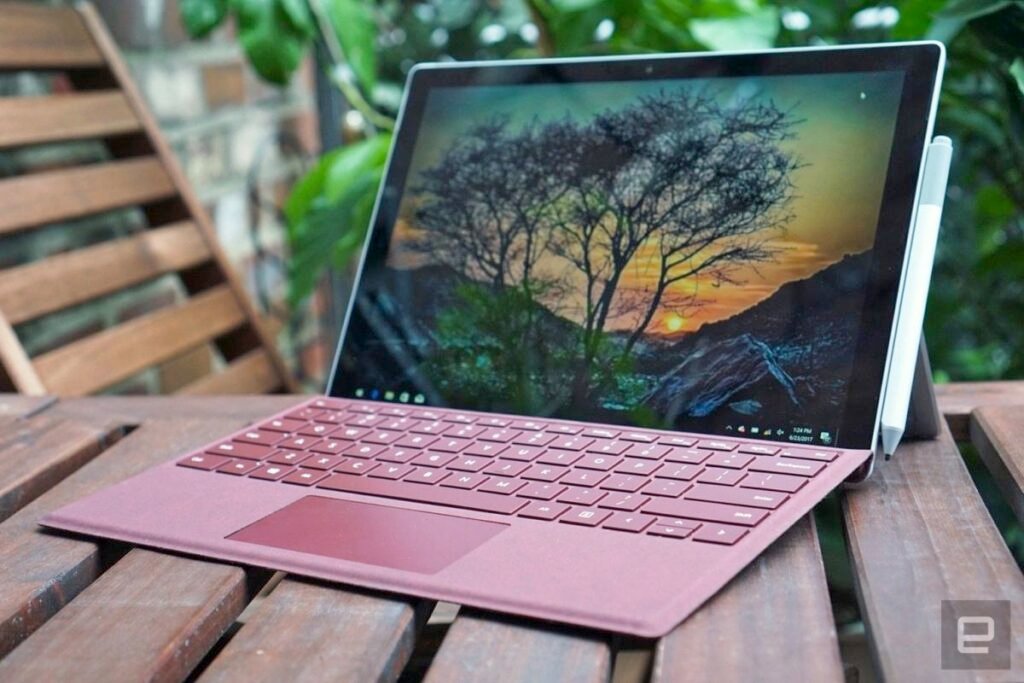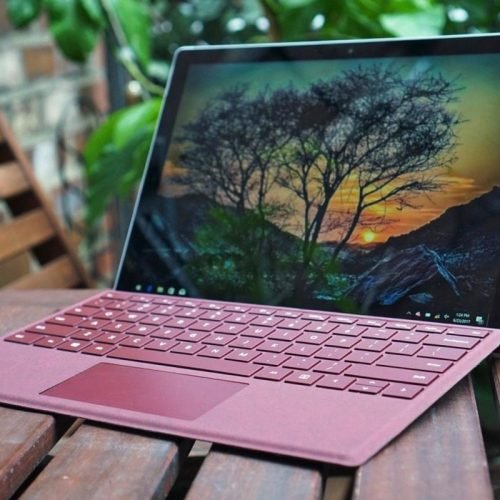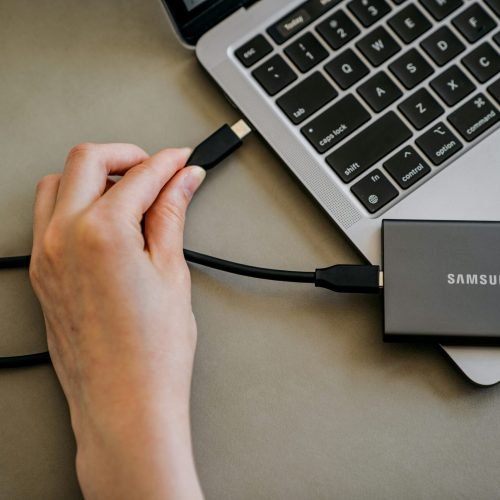
Understanding the Differences Between Tablets and Laptops
When considering the purchase of a tablet as a replacement for a laptop, it is essential to understand the fundamental differences between these two devices. Tablets are often lauded for their portability and user-friendly interfaces. They typically feature touchscreens and are lighter and thinner than traditional laptops, making them more convenient for on-the-go usage. This can be particularly advantageous for individuals who require a device for casual use, such as browsing the internet, watching videos, or engaging in light gaming.
However, while tablets excel in portability, they may fall short in terms of computing power and multitasking capabilities. Laptops usually come equipped with more powerful processors and larger RAM, allowing users to run complex applications and perform tasks that demand higher processing capabilities. This is particularly relevant for professionals who rely on software such as video editing tools, graphic design programs, or extensive spreadsheet applications.
Software compatibility also presents a notable distinction between the two devices. Most laptops operate on full-fledged operating systems like Windows or macOS, enabling the installation of a wide range of software applications. In contrast, most tablets run mobile operating systems such as iOS or Android. While the app selections on these systems are expanding, they may not always offer the desired features available on their desktop counterparts. Furthermore, multitasking can be limited on tablets, as users may find it challenging to manage multiple windows or applications simultaneously, affecting productivity in a work environment.
Despite these shortcomings, tablets offer unique advantages, such as extended battery life and ease of use. Ultimately, the choice between a tablet and a laptop will hinge on individual needs. Users should evaluate how they intend to use their device and whether portability takes precedence over advanced computing power.
Assessing Your Needs: Use Cases for Tablets vs. Laptops
When considering whether to buy a tablet as a replacement for a laptop, it is crucial to assess individual needs and use cases. Different users have varying requirements based on their activities, and understanding these can help determine which device best suits their lifestyle.
For students, tablets offer the advantage of portability and touch functionality. The ability to take notes, read e-books, and participate in online classes can make a tablet an attractive option. However, when it comes to extensive document editing or multitasking with several applications, a laptop may provide a more powerful and efficient experience.
Professionals often rely on their devices for productivity, including complex tasks such as data analysis, software development, or running specialized applications. While many tablets now come equipped with powerful processors, they may still fall short in terms of software compatibility and multitasking capabilities. A laptop, with its robust operating system and full desktop applications, is generally better suited for intensive professional use.
Artists and creative professionals can benefit from tablets, particularly those that support stylus input. These devices can offer a unique experience for drawing and graphic design, with software tailored specifically for touch interaction. Nonetheless, for heavy graphic work or video editing, laptops equipped with high-performance graphics cards might be necessary to meet demands that a tablet cannot fulfill.
For casual users who primarily engage in media consumption—such as streaming videos, browsing the internet, or casual gaming—tablets can provide an excellent solution due to their lightweight nature and versatility. However, if someone plans to engage in more resource-intensive activities, a laptop’s larger screen and superior performance will typically be more advantageous.
By evaluating personal use cases, individuals can make informed decisions about whether a tablet can substitute their laptop effectively or if a laptop remains the more practical choice for their needs.
Performance and Specifications: Comparing Key Features
When considering whether a tablet can effectively replace a laptop, it is crucial to examine the key specifications and performance differences between the two devices. One of the fundamental aspects is the processor speed. Modern tablets often come equipped with highly efficient processors, such as Apple’s M1 chip or Qualcomm’s Snapdragon series, which can rival the performance of mid-range laptops. However, high-end laptops generally still offer superior processing power, particularly for demanding applications like video editing or gaming.
Storage capacity is another essential factor to consider. Tablets typically provide lower storage options compared to laptops. While many tablets offer sufficient storage for casual users—ranging from 64GB to 1TB—laptops frequently come with expandable storage options or greater built-in capacities, ideal for larger files and software installations. In terms of RAM, tablets have made significant strides, with some models providing up to 16GB; however, laptops often offer more RAM options, which can enhance multitasking capabilities.
Battery life is a stronghold of tablets, with many models offering up to 12 hours or more of usage on a single charge. This is often superior to many laptops, which may struggle to exceed 8 hours. Screen size and resolution further differentiate the two; tablets usually feature smaller displays, ranging from 7 to 12 inches, but advancements have led to stunning resolutions, making them excellent for media consumption. Additionally, many tablets now offer detachable keyboards and support for styluses, enhancing their versatility and functionality compared to traditional laptops.
In this exploration of performance and specifications, it becomes evident that while tablets are becoming increasingly capable, they may not yet fulfill all requirements traditionally met by laptops. Understanding these distinctions is vital for users to make an informed decision about whether a tablet can truly replace their laptop.
Cost-Effectiveness: Analyzing Budget Considerations
When considering the cost-effectiveness of purchasing a tablet versus a laptop, several financial factors must be evaluated. Firstly, the initial price point of these devices varies significantly. Tablets are generally available at a lower price range, making them an attractive option for budget-conscious consumers. For example, entry-level tablets start at around $100, while comparable laptops often begin in the $300 to $500 range. This difference may lead many to perceive tablets as the more economical choice.
However, consumers should also factor in the cost of accessories typically required for optimal tablet performance. A keyboard, protective case, and stylus can add an additional $100 to $200 to the overall expenditure. In contrast, laptops usually come equipped with essential components, reducing the need for extra purchases. Therefore, while the upfront cost of a tablet may be lower, the cumulative expenses can diminish that perceived savings.
Long-term savings must also be taken into account. Tablets generally consume less power compared to laptops, resulting in lower electricity costs over time. Furthermore, many tablets boast longevity in terms of software updates, providing extended usability without needing hardware upgrades. Nevertheless, it is crucial to recognize that repairs and software issues can arise; diagnostic service for tablets can sometimes be pricier than for laptops, often leading to unexpected expenses.
Resale value represents another critical component of the cost analysis. Tablets tend to retain their value reasonably well, especially high-end models, but the depreciation rate can still outpace that of laptops in certain instances. Therefore, assessing potential resale value can contribute to a more informed decision regarding affordability and return on investment.
Ultimately, each consumer’s specific needs and budget will influence the final assessment of whether a tablet serves as a sound alternative to a laptop.



